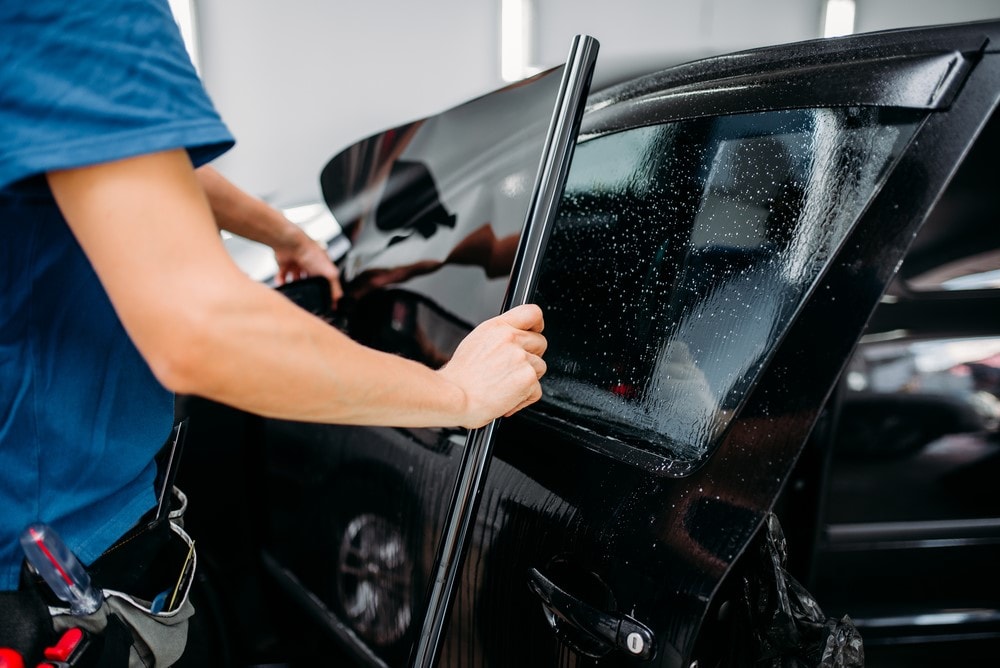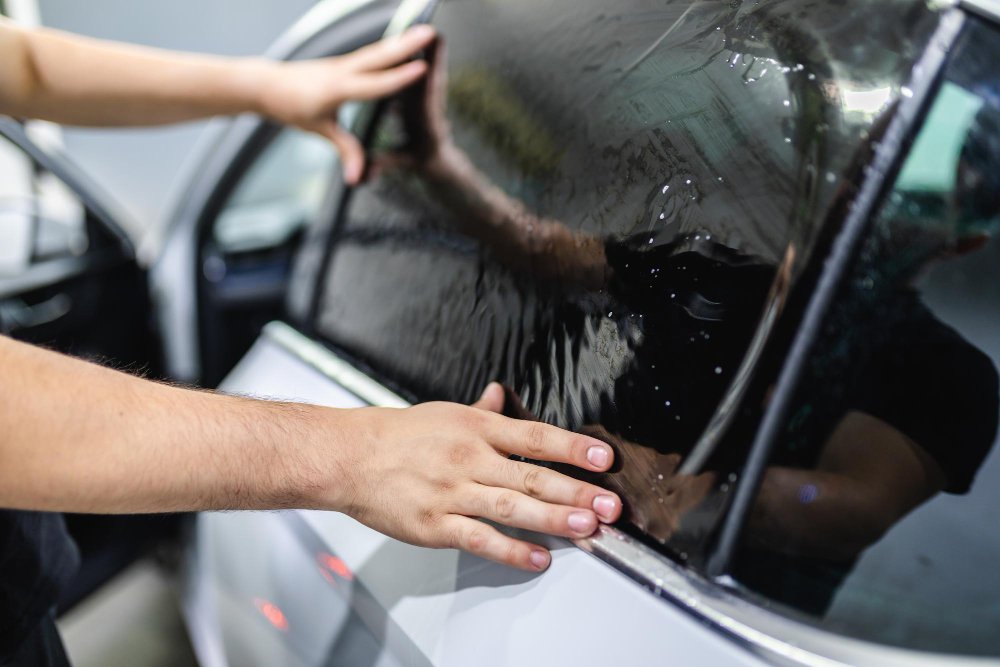Home Window Tinting Rules and Standards: What You Required to Know Prior To Tinting Your Cars And Truck
Before waging home window tinting for your automobile, it is necessary to familiarize on your own with the diverse laws and standards that regulate this technique throughout different states. These laws dictate the permissible levels of color darkness, commonly measured by noticeable light transmission (VLT) percentages, and consist of details specifications for front windscreens focused on guaranteeing roadway security. Additionally, particular jurisdictions might use medical exceptions for people with qualifying problems. Comprehending these intricacies can save you from possible legal implications, yet what are the certain guidelines in your state?
Introduction of Home Window Tinting Laws
Window tinting laws are frequently subject to variant across various jurisdictions, showing neighborhood regulations and security factors to consider. These regulations dictate the acceptable degrees of color darkness and reflectiveness on lorry home windows, ensuring that chauffeurs preserve appropriate presence while also safeguarding versus unsafe UV rays and heat.
A lot of regulations categorize home window tinting based upon the Visible Light Transmission (VLT) percent, which shows the quantity of light that can pass via the home window. Usually, reduced VLT percentages symbolize darker colors. Legislations commonly separate in between the front, side, and rear windows, with stricter limitations related to the front windscreen to boost safety and security for both the motorist and various other roadway customers.
Conformity with home window tinting policies is crucial, as offenses can result in fines, required removal of the color, and prospective rises in insurance coverage costs. It is vital for vehicle proprietors to acquaint themselves with local regulations before proceeding with home window tinting installments.
State-by-State Color Regulations
Comprehending the particular home window tinting policies in each state is crucial for car proprietors seeking to follow the law. Each state in the U.S. has established its very own collection of policies regulating home window tinting, which can vary considerably. These laws usually determine the allowed degrees of color darkness, the types of windows that can be tinted, and any clinical exemptions that may apply.
For example, states like California have rigorous limitations on tint darkness for front home windows, while others, such as New Mexico, may allow darker colors. In addition, particular states mandate specific exposure portions for different windows, including the windshield, front side home windows, and rear windows. It is important for auto owners to acquaint themselves with their state's regulations to stay clear of possible penalties or fines.
Moreover, some states might require an accreditation sticker to be positioned on colored home windows, suggesting conformity with state regulations. Failure to stick to these laws not only risks legal repercussions yet can likewise impact security and presence while driving. Consequently, car owners should perform thorough study or consult local authorities to make certain full understanding and conformity with state-by-state color laws.
Allowed Tint Degrees and Kinds
Lots of car owners might be shocked to discover that allowed color levels and kinds vary extensively across different states. Each state has actually established its very own guidelines pertaining to the permitted darkness and reflectivity of home window tint, often gauged by Visible Light Transmission (VLT) percentages. VLT refers to the quantity of light that can travel through the colored home windows; therefore, a lower percent suggests a darker color.

Moreover, the sorts of color materials permitted can differ, with some states restricting mirror-like or metal surfaces. It is important browse around this web-site for vehicle proprietors to acquaint themselves with their state's specific regulations to make sure compliance. Non-compliance can cause fines, mandatory elimination of the tint, or various other legal effects, making it necessary to comprehend these regulations prior to waging installment.
Medical Exemptions for Tinting
While not all states give allocations for medical exemptions relating to window tinting, those that do recognize the requirement for specific people to enhance exposure and convenience because of clinical conditions. Numerous clinical conditions, such as lupus, skin cancer, and particular eye disorders, can provide individuals especially delicate to sunlight. Subsequently, these individuals may call for darker tints to safeguard themselves from harmful UV rays and glow.

It is essential to keep in mind that despite a clinical exception, there may still be limitations on the level of color allowed. Compliance with state regulations guarantees that people are both safeguarded and within legal limitations. Those considering medical exemptions must call their local Department of Electric motor Autos or equivalent authority to comprehend the needs and procedures necessary to look for an exception properly.
Penalties for Non-Compliance
Failing to adhere to window tinting legislations can cause substantial penalties, which vary by state. Law enforcement agencies are empowered to provide citations for automobiles that do not stick to the defined tinting laws. These fines typically include fines, which can range from modest amounts to several hundred dollars, depending on the seriousness of the infraction and the state concerned.
In some jurisdictions, repeated offenses may result in escalating fines or additional fines, such as mandatory court appearances. Furthermore, non-compliance may demand the elimination of illegal tinting, usually at the proprietor's cost. In extreme cases, habitual transgressors might deal with suspension of their car registration until conformity is accomplished.
Furthermore, insurance implications might emerge from getting several citations for home window color infractions. Insurance providers may view such violations as an indication of riskier habits, potentially bring about boosted premiums or trouble in insurance coverage.
To prevent these penalties, it is critical for automobile owners to acquaint themselves with their regional window tinting legislations and guarantee look what i found that their vehicle complies (Window Tinting). This aggressive method not only prevents lawful implications but additionally promotes roadway security
Final Thought

Many guidelines identify window tinting based on the Visible Light Transmission (VLT) portion, which indicates the quantity of light that can pass with the window. Conformity with home window tinting policies is essential, as offenses can result in penalties, obligatory removal of the color, and prospective increases in insurance premiums.Recognizing the certain home window tinting guidelines in each state is important for vehicle owners looking for to comply with the legislation. These regulations typically determine the allowed levels of color darkness, the kinds of home windows that can be tinted, and any kind of clinical exceptions that might use.
For instance, states like The golden state have rigid limitations on tint darkness for front windows, while others, such as New Mexico, may enable darker tints.
Comments on “How Automobile Window Tinting Safeguards Your Lorry's Interior”